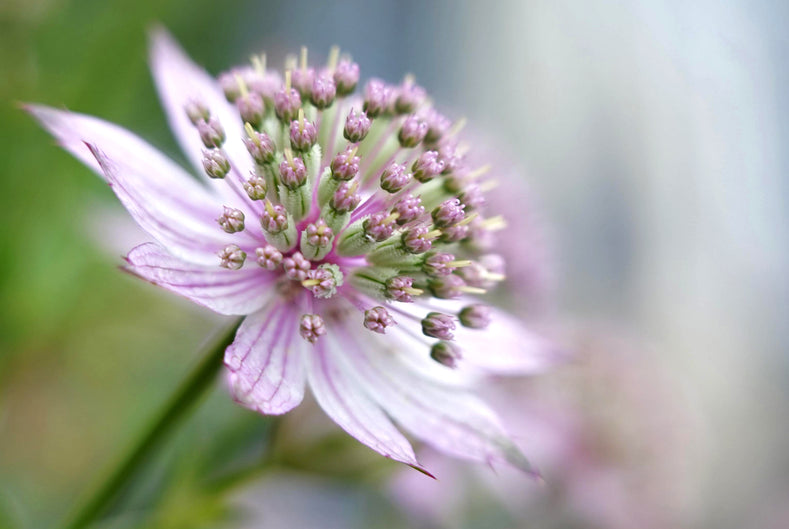Planting Astrantia, or Masterwort, is like adding a sprinkle of starlight to your garden. Their intricate, star-shaped blooms are a real conversation starter, and here's how I love to get them settled in:
Choosing the Right Spot
Astrantia loves a cozy corner with a bit of shade. They're not too fussy, but they do appreciate a break from the intense afternoon sun, especially in hotter climates. I've found a spot under a light canopy of deciduous trees or beside taller plants works wonders.
Soil Prep
These beauties thrive in rich, moist soil. I like to work in plenty of well-rotted compost or manure before planting to really give them a boost. They prefer soil that holds moisture well but drains enough to keep their feet from getting waterlogged.
Planting Time
Spring is perfect for planting Astrantia. This timing gives them a chance to establish themselves without the stress of extreme weather. Getting Them in the Ground When planting, I set each plant about 12-18 inches apart. This gives them room to breathe and grow without crowding. I dig a hole just deep enough so the crown (the part where the roots meet the stem) sits snugly at soil level. After placing them in their new homes, I fill the soil back in and press gently around the base to secure them.
Initial Care
Right after planting, I give them a good drink of water to help settle the soil around the roots. Keeping the soil moist is key, especially in the first season while they're getting established. I've noticed they really don't like to dry out.
Ongoing Love and Care
To help maintain moisture and keep the soil cool, I apply a layer of mulch around the plants. Not only does this help with water retention, but it also keeps the weeds at bay. In terms of feeding, a sprinkle of a balanced, general-purpose fertilizer in spring sets them up nicely for the growing season.
Little Extras
Astrantia is pretty low maintenance, but deadheading (removing spent flowers) can encourage a second flush of blooms. And every few years, I divide them in early spring or fall to keep them vigorous and to spread their beauty to other parts of my garden.
Planting Astrantia has been a joy for me, adding a touch of elegance and charm that keeps on giving from early summer into fall. Their resilience and understated beauty make them a favorite in my garden, and I hope they'll become one in yours too.

